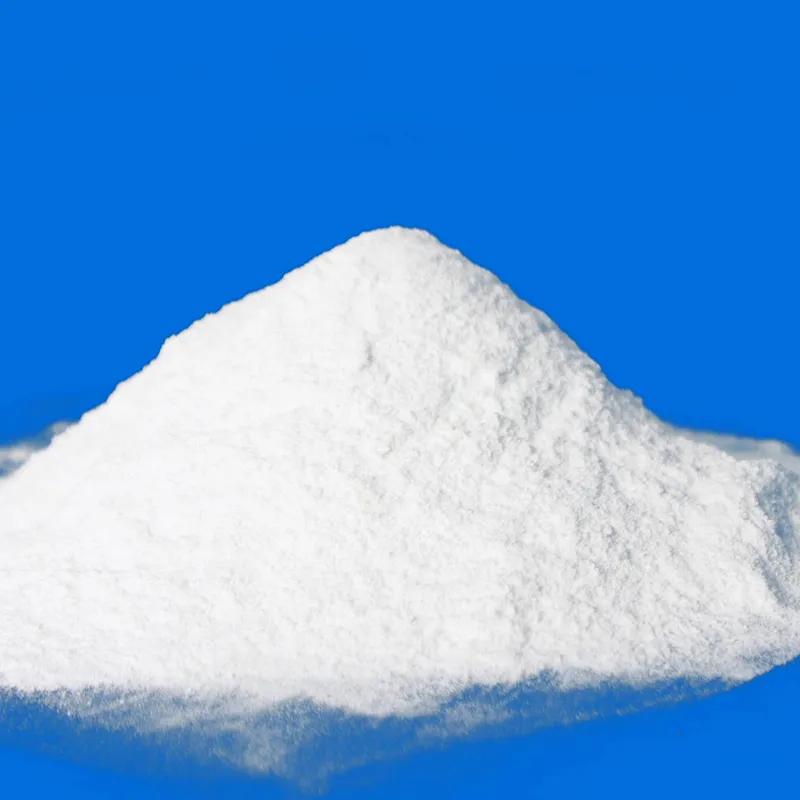
food enhancer 635
Understanding Food Enhancer E635 The Flavor Booster in Your Food
In the realm of food production, enhancing flavor is an essential aspect that can significantly impact consumer preferences. One such enhancer that has garnered attention in recent years is E635, also known as disodium 5′-ribonucleotides. This particular ingredient is part of a family of food additives designed to intensify the taste of various dishes, making it an appealing choice for both manufacturers and consumers alike.
What is E635?
E635 is a food additive derived from natural sources such as yeast extract, and it functions primarily as a flavor enhancer. It contains a combination of disodium salts of ribonucleic acids, which can effectively enhance the umami flavor profile of food products. The umami taste is often described as savory and is one of the five basic tastes, alongside sweet, sour, bitter, and salty. Foods rich in umami, like tomatoes, mushrooms, and aged cheeses, can be complemented well with E635, offering a fuller flavor experience.
Applications of E635 in Food Products
E635 is commonly found in a variety of processed food products, such as snacks, sauces, and ready-to-eat meals. Its ability to enhance flavor makes it particularly popular in savory products like soups, gravies, and snack foods like chips and crackers. By incorporating E635, manufacturers can reduce the need for excessive salt or other flavorings, promoting a more balanced flavor without overwhelming the palate.
For instance, many instant noodles or soup mixes utilize E635 to elevate the taste while keeping production costs low. This leads to a more enjoyable eating experience for consumers, who often seek convenience alongside flavor.
Safety and Regulatory Aspects
food enhancer 635

The safety of food additives, including E635, is always a concern for consumers, especially those with dietary restrictions or allergies. Regulatory bodies, such as the European Food Safety Authority (EFSA) and the U.S. Food and Drug Administration (FDA), continuously evaluate such additives for safety. According to current information, E635 has been deemed safe for consumption within established limits.
However, it is crucial for individuals with specific allergies or sensitivities to read product labels carefully, as E635 may cause adverse reactions in some cases. Monitoring adds a layer of responsibility for manufacturers, ensuring they provide accurate information regarding the ingredients used in their products.
The Future of E635 and Flavor Enhancement
As the food industry continues to innovate, the trend of using flavor enhancers like E635 is likely to grow. With an increasing demand for umami-rich foods, producers may explore natural sources or alternatives that align with health trends sought by modern consumers. For example, as the popularity of plant-based diets rises, the demand for natural flavor enhancers derived from vegetables or fungi might inspire new formulations.
Moreover, consumers are becoming more aware of what goes into their food. This consciousness has prompted manufacturers to explore clean-label options, which emphasize transparency in ingredient sourcing. Therefore, E635 may be seen alongside a slate of alternatives as producers strive to balance flavor enhancement with the demand for naturally sourced ingredients.
Conclusion
E635 is a multifaceted food enhancer that has secured its place in many processed foods due to its ability to amplify savory flavors. As food technology advances and consumer preferences evolve, E635 could see changes in formulation and application. By understanding enhancers like E635, consumers can make informed choices about the food they eat, while manufacturers can strive to meet the growing demand for flavor without compromising safety or health. Whether enjoyed in a bowl of instant noodles or a bag of savory chips, flavor enhancers remain an integral part of our culinary landscape, transforming ordinary meals into delightful taste experiences.
-
Pure Sodium Dichloroisocyanurate Dihydrate | Powerful DisinfectantNewsAug.29,2025
-
Industrial Chemicals: Quality & Purity for Every IndustryNewsAug.28,2025
-
Nitrile Rubber Honoring Strict Production StandardsNewsAug.22,2025
-
Aspartame Ingredients Honoring Food Safety ValuesNewsAug.22,2025
-
Fertilizer for Balanced Plant NutritionNewsAug.22,2025
-
Cyanide Gold Processing with High Purity AdditivesNewsAug.22,2025
-
Formic Acid in Textile Dyeing ApplicationsNewsAug.22,2025
Hebei Tenger Chemical Technology Co., Ltd. focuses on the chemical industry and is committed to the export service of chemical raw materials.
-

view more DiethanolisopropanolamineIn the ever-growing field of chemical solutions, diethanolisopropanolamine (DEIPA) stands out as a versatile and important compound. Due to its unique chemical structure and properties, DEIPA is of interest to various industries including construction, personal care, and agriculture. -

view more TriisopropanolamineTriisopropanolamine (TIPA) alkanol amine substance, is a kind of alcohol amine compound with amino and alcohol hydroxyl, and because of its molecules contains both amino and hydroxyl. -

view more Tetramethyl Thiuram DisulfideTetramethyl thiuram disulfide, also known as TMTD, is a white to light-yellow powder with a distinct sulfur-like odor. It is soluble in organic solvents such as benzene, acetone, and ethyl acetate, making it highly versatile for use in different formulations. TMTD is known for its excellent vulcanization acceleration properties, which makes it a key ingredient in the production of rubber products. Additionally, it acts as an effective fungicide and bactericide, making it valuable in agricultural applications. Its high purity and stability ensure consistent performance, making it a preferred choice for manufacturers across various industries.





